Hydrangea in Japan

The Japanese hydrangea or hydrangea macrophylla is a variety native to the Japanese archipelago. Very popular in Japan since around the 8th century, during the Nara era, it was introduced to Europe at the end of the 18th century by Dutch navigators.
At that time, during the Edo era, the country established a policy of isolation called sakoku and only a few foreigners (initially Portuguese and later Dutch) were allowed to visit, trade and reside in Japan. , on Dejima Island in Nagasaki Bay.
A German doctor named Philip Franz Von Siebold, employee of the Dutch East India Company, collected from 1823 to 1829 a wide variety of Japanese plants including hydrangea macrophylla , also called ajisai in Japanese.

In Japan, the hydrangea is a flower characteristic of the rainy season or tsuyu , which occurs each year from June to July. This is one more opportunity for the Japanese to observe changes in nature (I talked to you about it in our article “The cherry blossom, a sign of spring + TUTORIAL” ) such as the flowering of cherry trees at the beginning of the spring or that of plum trees at the end of winter. Many temples honor it, such as the Meigetsu-In temple in Kamakura , also called ajisai-der a (or hydrangea temple), which is adorned every year with hydrangeas in soft shades of mauve, pink and blue. .

Throughout its flowering period, its colors can vary from one shade to another. These color variations are due to the acidity of the soil. Thus a neutral soil will give the hydrangea a red tint while an acidic soil, enriched in aluminum in particular, will give it a blue tint. Nature offers us such lovely surprises!
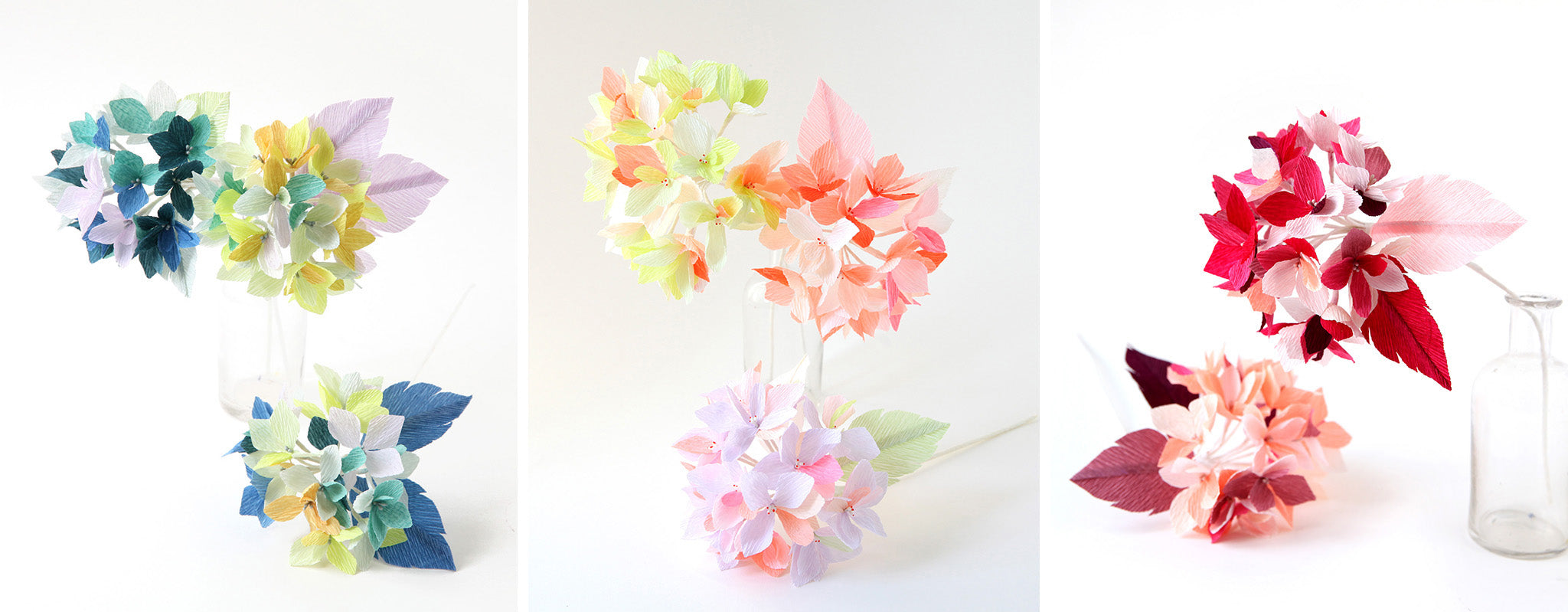
These changes in color mean that the hydrangea is also nicknamed shichihenge (from shichi , seven and henge , change). This name would refer to an ancient form of traditional theater during which the actor/dancer changed clothes seven times.
Thus in hanakotoba (from hana, flowers and kotoba, word/speech or language of flowers), the hydrangea is a symbol of inconstancy and would therefore represent a changing, fickle, versatile spirit. This is why in feudal times, the samurai tended to abandon the hydrangea in their garden, accusing it, unlike the cherry blossom, of its lack of constancy and consequently, of “loyalty”.

For this new creative kit, we were keen to support you step by step in creating your hydrangea flower bouquets and to offer you explanations that are as clear as possible. This kit is the result of several months of work, accompanied by my friends Eriko and Séverine and under the watchful eye of Isabelle! Thanks to them!

We have imagined three colorful ranges “Ouessant” , “Rainbow” and “Garnet” which you can now find in store and on the e-shop . Don’t hesitate to share your bouquets with us on social networks once they are made!
 I hope you enjoyed this article and taught you a few things about hydrangeas. I will see you very soon for new articles around Japan.
I hope you enjoyed this article and taught you a few things about hydrangeas. I will see you very soon for new articles around Japan.
Enjoy your summer!
Adeline
--------------------
Have you already tested one of our creative kits based on crepe flowers?




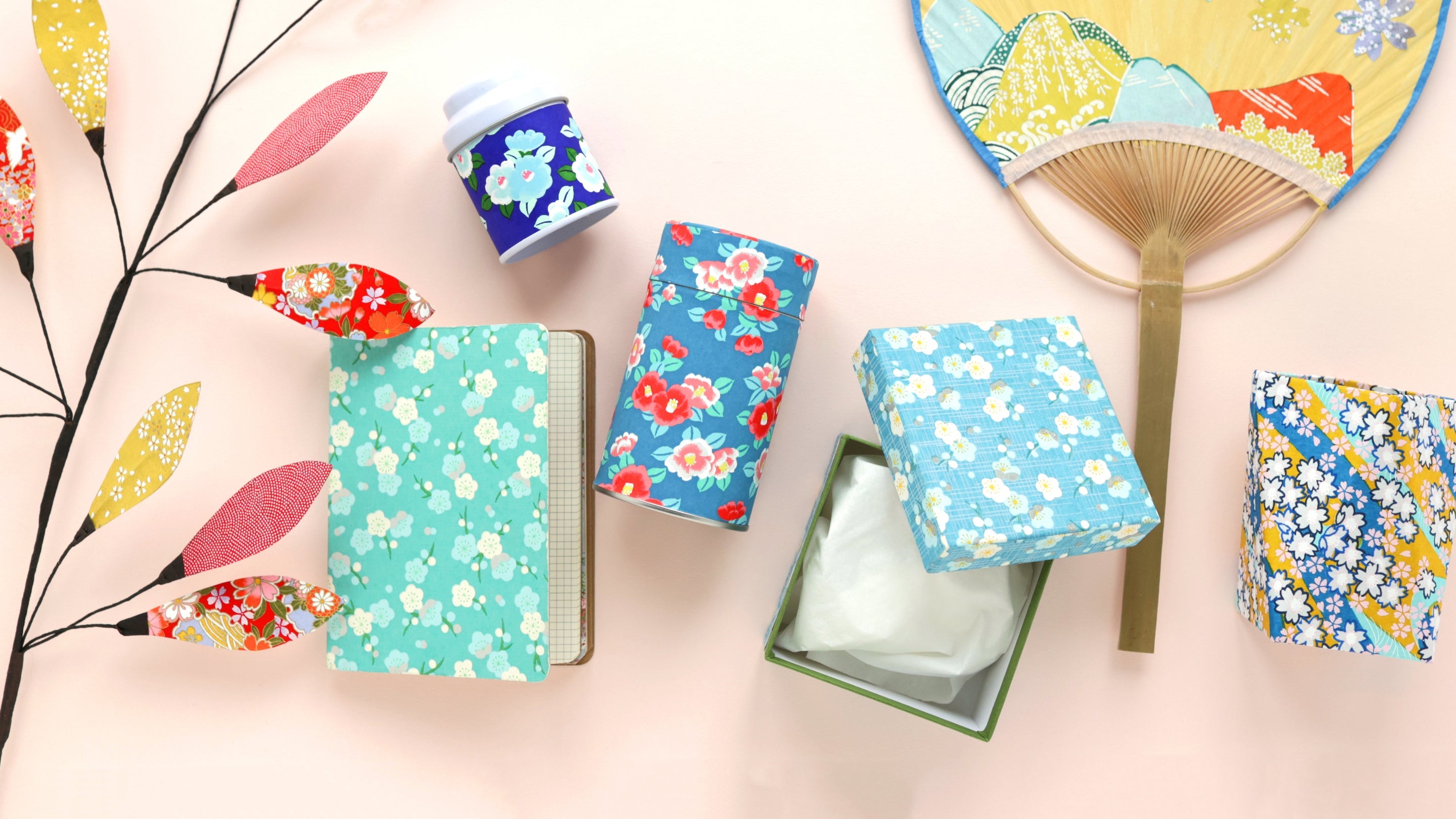
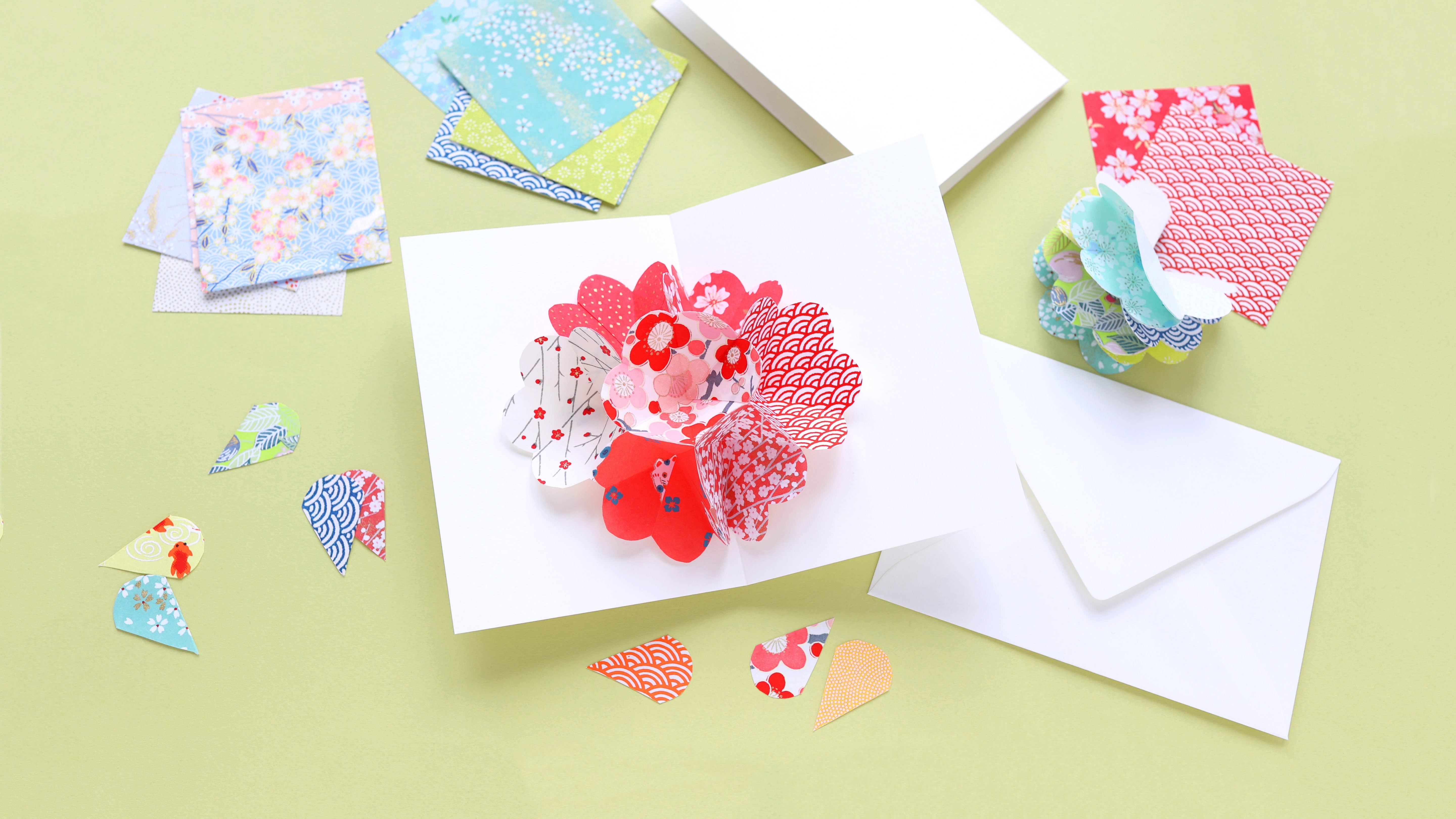
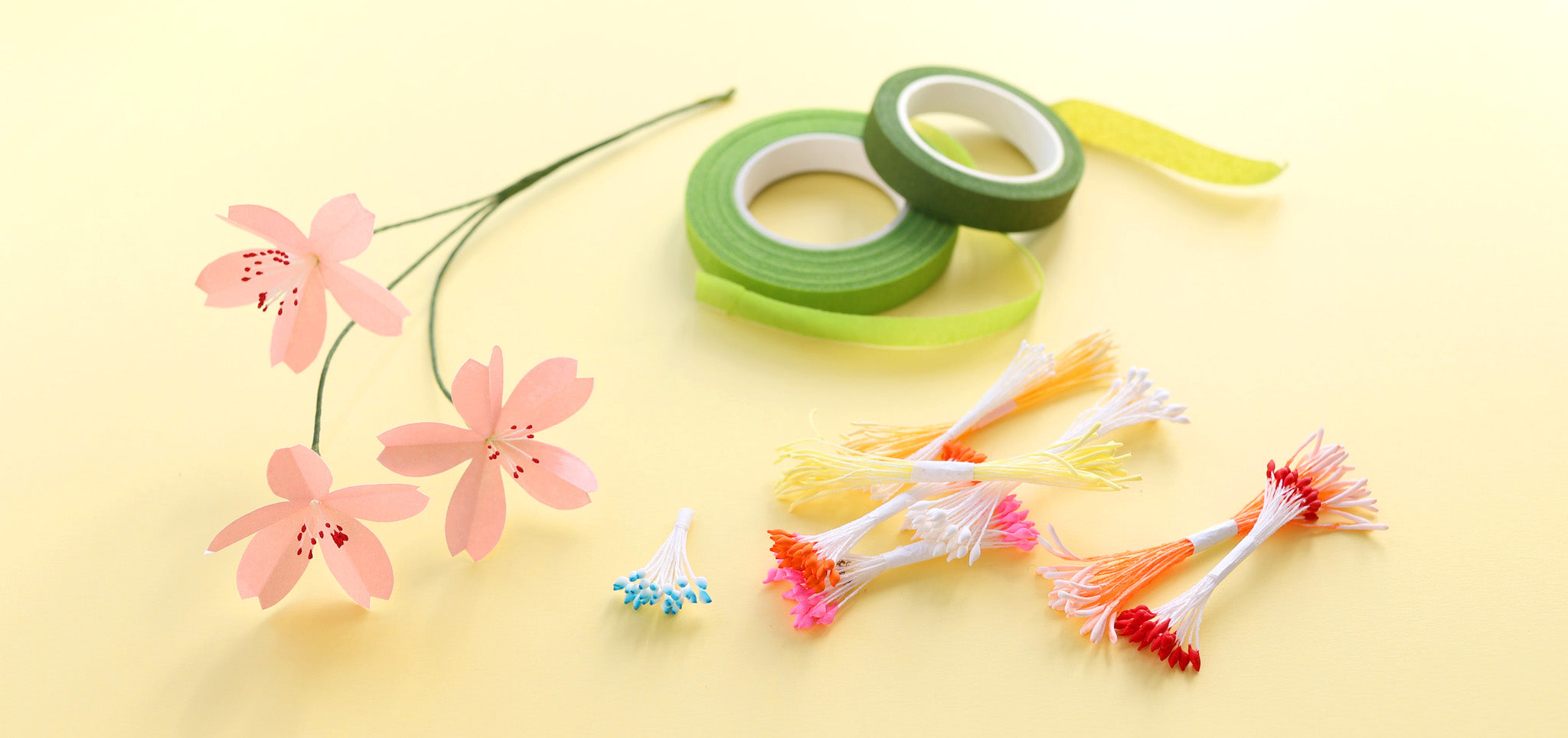



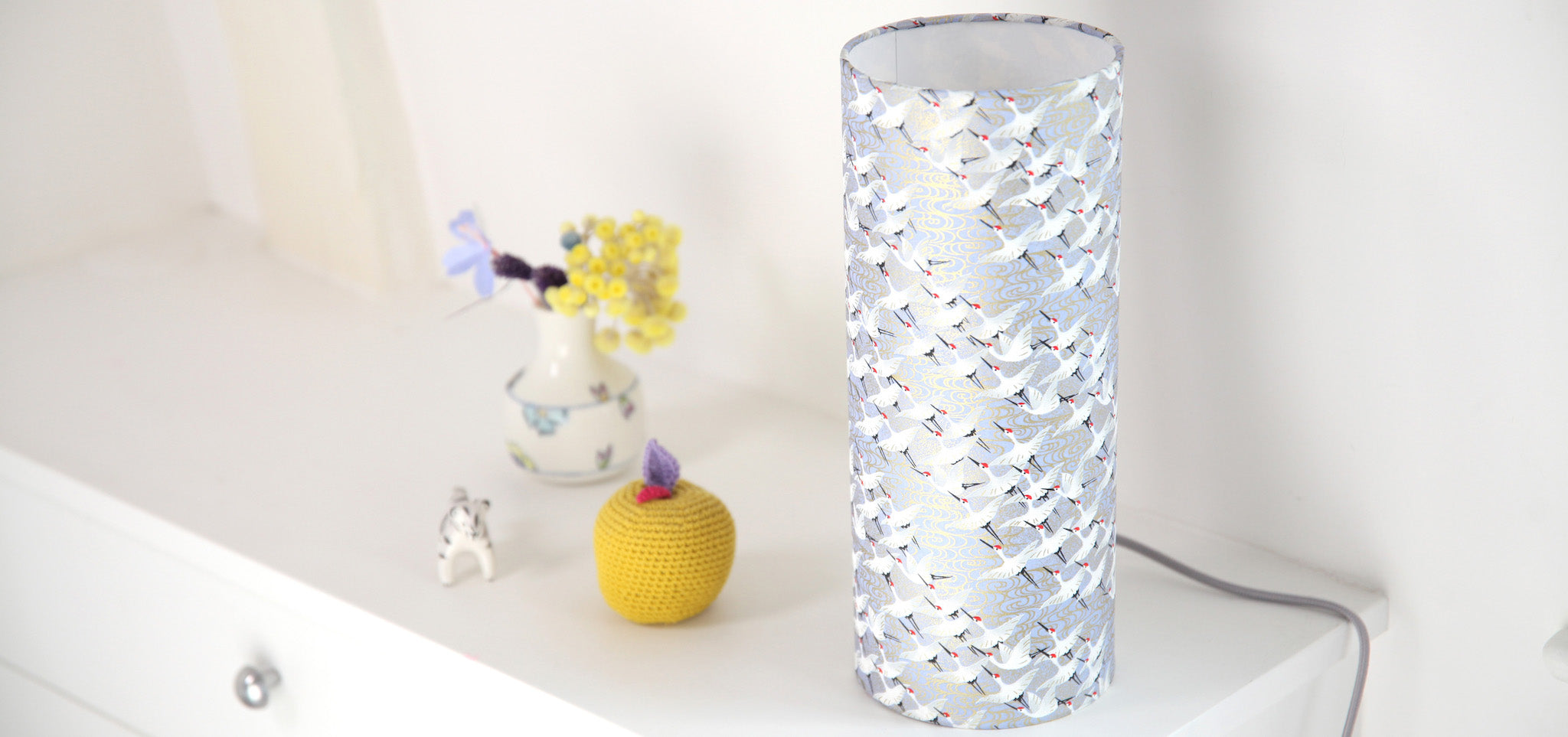
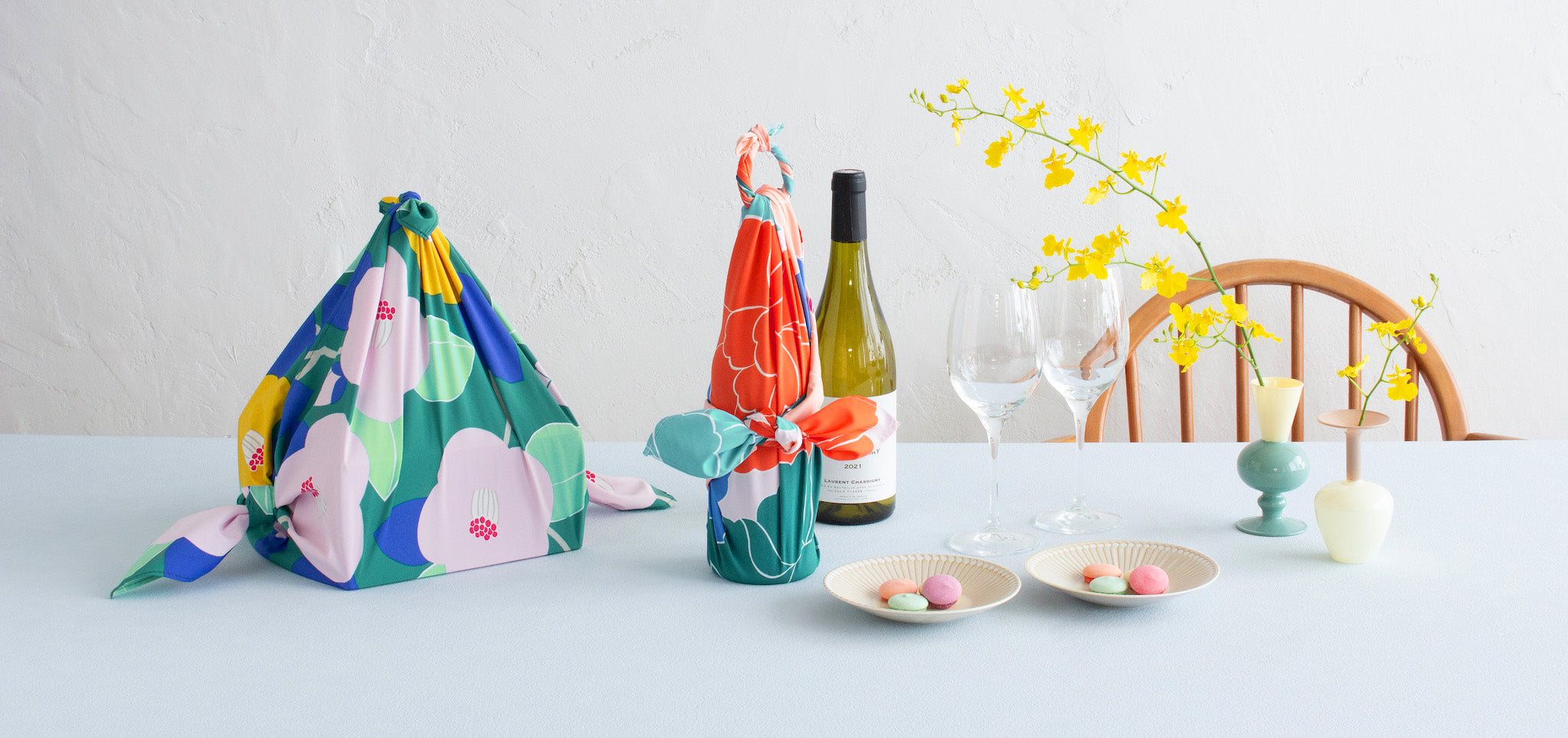

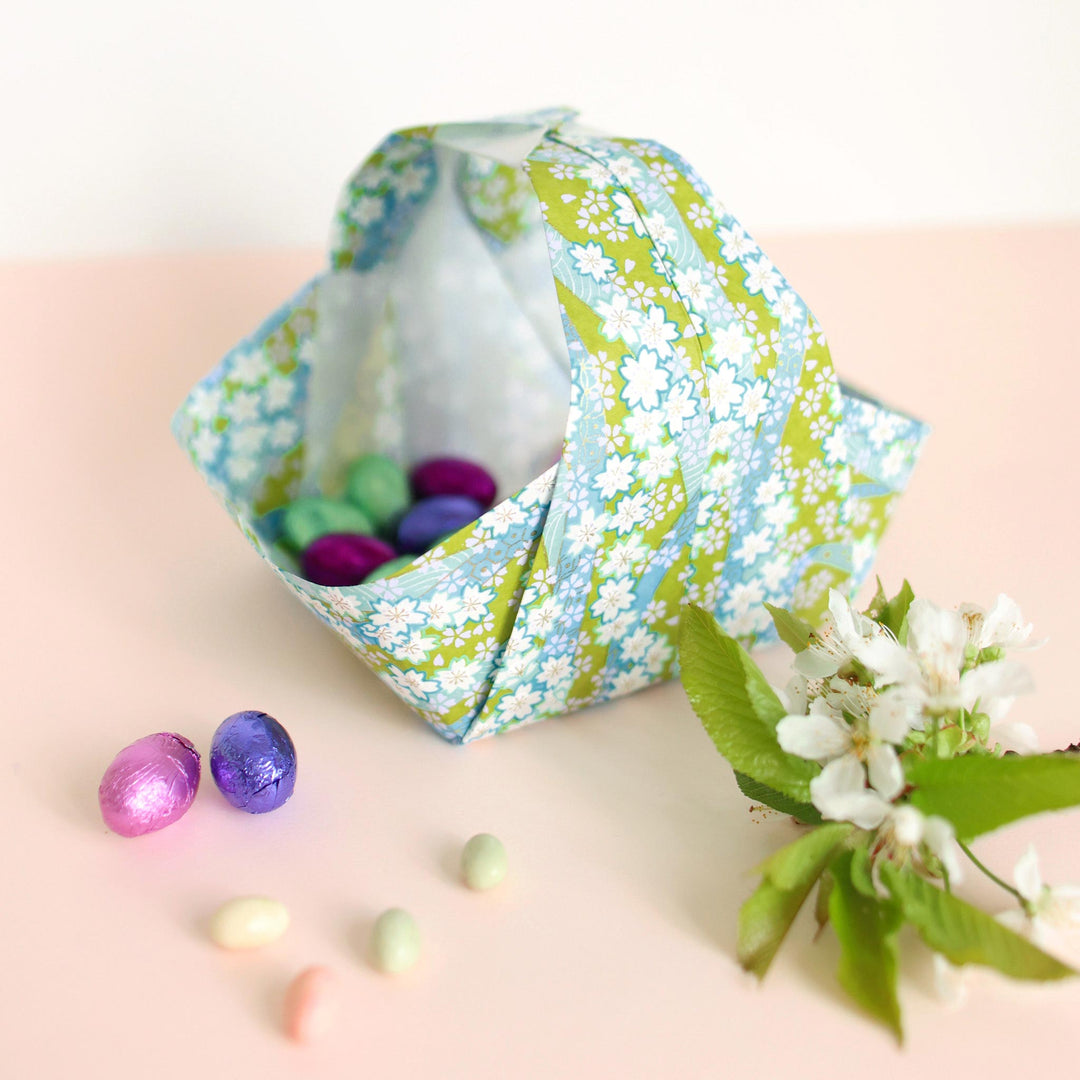

Leave a comment